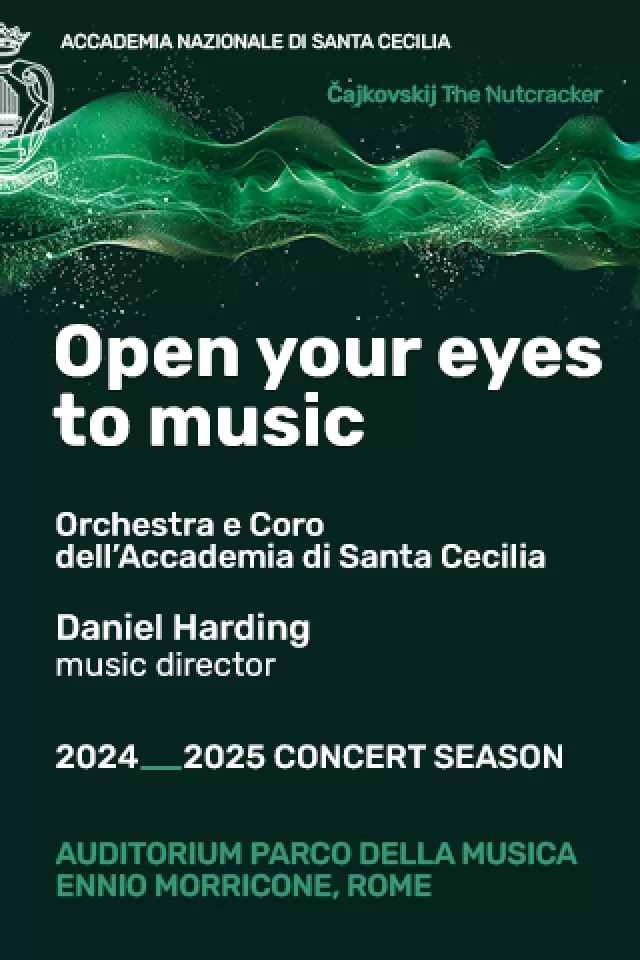Wedding couples make an ethical proposal.
Ever since I was a young girl I have attended weddings and witnessed families get into huge debt and spend months preparing for the event, says Jole Rotello, a communications and marketing consultant who lives in Marino, just outside Rome. She and her long-time boyfriend Massimo are taking the big step in April, but her wedding will be a far cry from the prevailing trend for showiness and exorbitant budgets. The fact that two people love each other seems to be the last thing on peoples minds, she continues, adding that it isnt a Rolls Royce, a seven-metre veil or a e20,000 budget that will prove how she feels about her husband-to-be. I have always wanted to do something simpler, she concludes.
A 2004 survey by the Italian bank Banca Nazionale del Lavoro paints a different picture. Most brides-to-be think the bigger the big day, the better. The average Italian wedding, it reveals, costs e25,000 and the money is spent more or less like this: 13 per cent goes towards the bridal dress, eight per cent on the honeymoon and a whopping 79 per cent on the euphemistically entitled rinfresco (literally meaning refreshment).
In fact, according to a slightly exaggerated but interesting website aimed at helping you plan your wedding, www.tisposo.it, a wedding luncheon costs e60-e70 per person on average. In a section on the site dedicated to curiosit or titbits it casually suggests that for a guaranteed choreographic effect the bride can arrive at the church in a helicopter (space permitting of course) preceded by a cascade of petals or a parachute containing confetti sweets (sugar-coated almonds). This (literally) hair-raising grand gesture will add only e1,500 to the bill, it airily states as an afterthought.
Rotello is aghast. Not only does she plan to spend no more than e6,000 on her registry wedding, reception, meal and honeymoon; she also thinks that weddings are a waste of resources, both personal and planetary. And she is not the only one it seems. From a handy manual that first came out in 2003 called Giuste Nozze or ethical weddings, to articles appearing in more mainstream Italian magazines such as Donna Moderna, it seems clear that some Italians, above all women, are waking up to the idea that a wedding neednt cost the earth nor, for that matter, harm it.
Giuste Nozze begins by stating that the number of weddings in Italy is going down (from over 400,000 in 1971 to the comparatively paltry 250,764 in 2004 according to Italian statistics agency ISTAT), although registry weddings are on the increase (31.2 per cent of all weddings in 2004 compared with 3.9 per cent in 1971, according to the same source). The book goes on to tell us that couples are older than they once were when they take the plunge (on average the groom is 31 and the bride is 28). Armed with these statistics and others on globalisation and poverty, and basing itself on the premise that the more we have, the less time we have to enjoy it, the book is an invitation to pare down ones wedding preparations and make the day as ethical as possible. In fact, the manual suggests that everything from the invitations, table linen and confetti to the wedding dress and food can be made from organic, recycled or natural materials, or purchased from fair-trade companies and boutiques. Even the honeymoon can be ecologically responsible. It goes on to list and describe a range of shops and associations around Italy that can provide these goods and services.
Rotello runs through the elements that will make up her ethical or, as she prefers to call it, old-style wedding. The outfits for her and her husband-to-be are being made by the sister of a friend who runs an organic cotton farm and fair-trade clothing company called Sustain Life in India; the organic confetti are from Colombia and will be presented to guests in little hand-sewn unbleached cotton bags from Peru decorated with dried flowers; the wedding meal will be held in a 15th-century convent near Ciampino and will be modelled on a traditional 12th-century banquet, replete with candles and torches for lighting and an all-organic menu that will make ample use of so-called cibi poveri, such as spelt, oats, pulses, meat and cheese (no tomato or potatoes, as they didnt exist at the time), served up on wooden slats. The soup will be served in dry-bread loaves and eaten with wooden spoons, she explains. Any other objects, such as containers or napkins and tablecloths, will be made out of recycled paper or wood. The invitations she will send are made out of recycled paper by a cooperative association of ex-prisoners based in the province of Perugia, and she plans to use a photo album made in Madagascar by local artisans using the famous Antaimaro paper. Hand-sewn and bound, it will have dried wild flowers pressed into the cover and a very elegant texture.
Rotellos ultimate aim is to get married cheaply and fairly and to be able to enjoy a day that is truly special and original. Original it will be with entertainment including madrigal singers, bagpipe and lute players and traditional storytellers and the wine (without preservatives and colourings naturalmente), she assures, will flow freely.
What about gifts? Rotello has a plan for this too, one that handily avoids embarrassing re-gifting incidents. During the meal guests will be able to put money into a ceramic piggy bank which the newlyweds will then use to buy what they need for their new married life.
And what do her family make of all this? As an Italian woman, my older relatives had a much harder time accepting the fact that I was getting married in a registry office and that I have been living with my boyfriend for ten years, she says, laughing. Now they have got used to the idea, she continues, and even appreciate her strange choice. Her friends, on the other hand, cant wait to start the party.
Giuste Nozze by Giuseppe Caffulli (published by Monti). ?7.
For fair trade, organic and environmentally friendly foods and products (many of which can be bought online): www.bottegasolidale.com (Antaimoro paper photo albums can be bought here), www.equomercato.it, www.altromercato.it, www.ravinala.org.
For socially responsible or ecologically-sound honeymoons: www.aitr.org, www.jonas.it.
For organic catering in and near Rome: www.centopercentobio.it, www.radici.coop
For fair-trade clothing: www.orlodelmondo.net.
For tips and advice (including the most natural and planet-friendly cosmetic products): www.donnamoderna.com/matrimonio and click on nozze solidali.

















